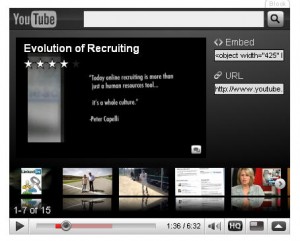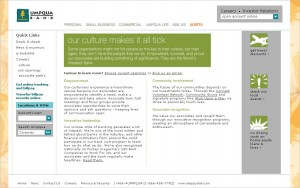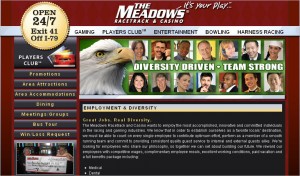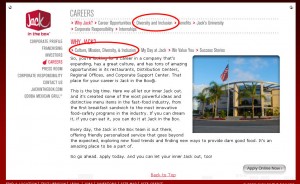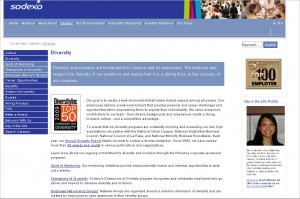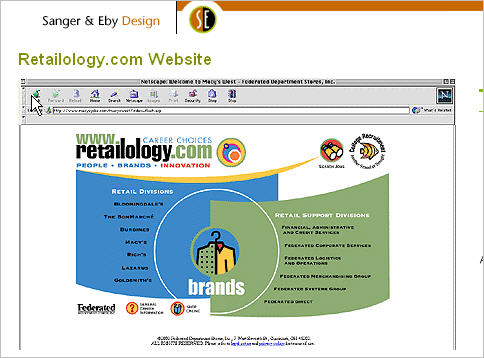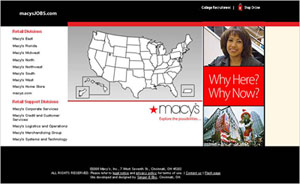Leaving off in a recent post, I introduced “How to Find and Recruit the Best Hourly Employees,” a Workforce Institute white paper by Mel Kleinman of Humetrics. While the paper is full of interesting insights and information, the part I want to focus on is a study of 500 hiring managers from diverse industries, conducted in 2007-2008. Asked to cite their best recruiting sources (multiple answers were allowed), here’s how they answered:
55% Referrals |
39% Miscellaneous media |
21% Walk-ins |
21% Schools |
15% Customers |
14% Internet |
9% Company Web site |
6% Job fairs |
The top choice is certainly no surprise, since “Referrals” are not only the most cost-effective source for all types of recruiting, but also the best predictors of good fit. “Miscellaneous media” (which includes location signage, billboards, newspapers, radio, and TV) and “Walk-ins” are also not surprising in the hourly hiring realm, since in the first instance volume hiring supports volume advertising, and in the second, many hourly job-seekers want to work near their homes. “Schools” makes sense since hourly jobs are often starter jobs and/or student jobs.
But why do the two online resources rank so low? An immediate guess would be that hourly job-seekers lack computer access and/or technological skills. However, that’s (a) not necessarily true, and (b) rapidly changing. For one thing, just about everyone has a cell phone these days, and the increasing emergence of phone-friendly communications like Twitter, texting, and email in recruiting may be a response to that fact.
Kleinman’s explanation is that organizations and managers are not using Internet resources effectively. “Part of the disconnect,” he suggests, “may be due to the fact that Internet tools deliver applicants much faster than the typical organization can respond to them. Another common criticism of Internet recruiting is that it delivers too many unqualified candidates.” And it’s easy to see how these factors would be more serious barriers in high-volume, high-speed hiring than in the (often) more leisurely world of salaried recruiting. Along these lines, Kleinman offers some smart tips for process improvement.
That brings us, finally, to the biggest loser: the corporate website. The paper cites “anecdotal evidence” that the major problem may be application processes that are “too impersonal, long, and cumbersome with no appreciable ROI for the applicant.” And there’s no doubt that frustrating, time-consuming, and/or unrewarding procedures will be a turn-off for all job-seekers, hourly or otherwise.
But the problem could be even more acute for applicants who may have short attention spans or little online experience–especially if they are applying for low-paying jobs they don’t expect to enjoy! And although improving processes is an obvious step, it’s also especially important to sell these applicants on the job before they start the application. After all, it’s much easier to stay on a path when you really want to reach the destination.
That applies no matter what type of job is being offered, from Courtesy Clerk to CEO. Employer branding is important (it helps if the applicant wants to work for the company), but so is “job branding.” The more information and encouragement you can provide about a job–emphasizing day-to-day rewards and the importance of the worker’s efforts–the more likely it is that an applicant will be genuinely motivated.
(Yes, that’s a very early time clock! Thanks to Pargon for snapping it at the Computer History Museum.)


